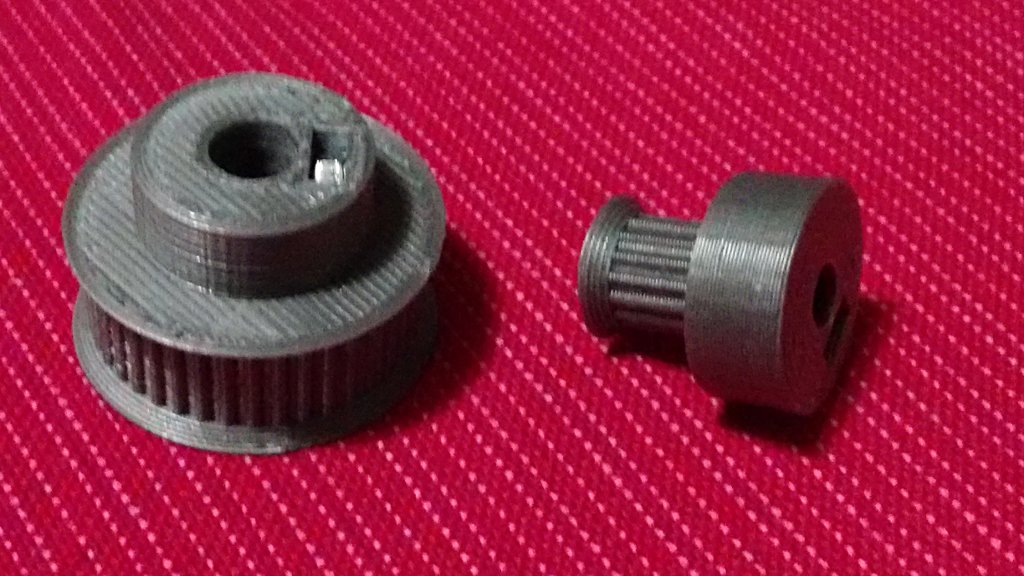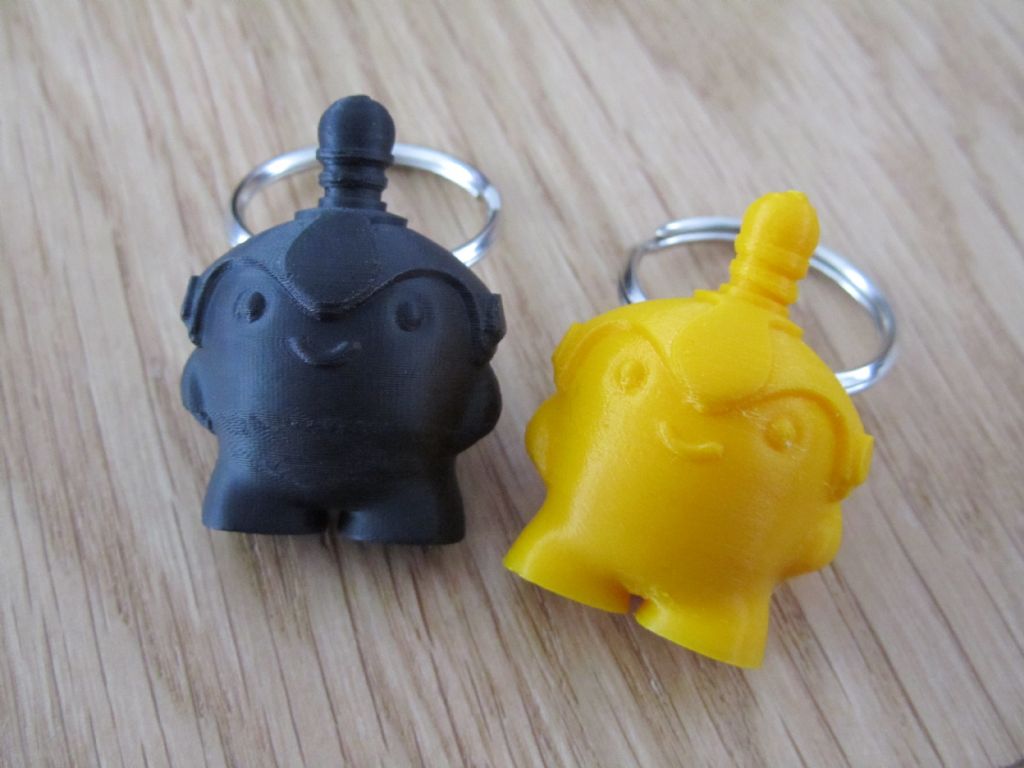John,
I'll look out for that book but I think I'm past that now (but no doubt there's always room for improvement)
I tend to get a new roll of filament and irrespective of if its the same as the last or not I go though a rough procedure:
measure the diameter accurately over a short length (just for the initial "calibration" and I fit my mid sized 0.5 nozzle. I set the nozzle temp to "well below" what is should be (lets say, 190 for ABS) and I apply pressure on the hand wheel that directly drives the pinch roller for extruding filament. I turn the temperature up to 240 and watch on screen as it rises. All the time, I maintain pressure on the handwheel and I get a "feel" for what temperature the material starts moving at and this is my lowest temp.
I then get ready to print a 20mm square box with no top/bottom and a single wall thickness via the "sprial vase" method (which is a tick box in almost every software). This removes the "layers", so each of the 4 sides increments up 1/4 of the layer height and it just continues up and up etc.
I start by going 10-15C over my lowest temp with a layer height 2/3 of my nozzle diameter. I then go in and manually add lines to the Gode. After 2.5mm I crash them temperature to 10C below my minimum, I then add 5deg at 10mm intervals upto my max for the material, 245 in this example (Max for my machine, I'd try higher if I could)
So I end up with a tall single shell box, often the temperature changes are visible, but I measure and mark them on with pen. I then assess the test piece visually and make a mental note of the nicest looking temp range (usually the lower end). I then squash and squeeze it across the diagonals and get a feel for where the strength is (usually up towards the higher temperatures). I then make a decision on the best balance between the two which I usually pick as a range of +/- 5 or 10 degrees (I found expensive filament like Verbatim have a wide range, cheap £10 a kg Chinese stuff sometimes has no cross over at all)
As I've been talking about ABS, I will make a decision when printing the part on how much layer strength I need and which end of my range I'll use, large flat parts tend to warp and need higher layer strength, typically with PLA I am only interested in the cosmetic appeal since they're not working parts so I'm usually always biased to the good looking bits.
I then print a 20mm square with 20% infill, which has a 10mm thru hole and is 5mm thick. I use and this for calibrating the dimensional accuracy via the under/over extrude multiplier.
I then do another 20mm square temperature shell and usually, the "neat" looking bit and the "strong" bit, gets more overlap, so basuically, I can now print neater, at higher temps.
So, up the temp, and print another 20mm square 20% infill square, and check again.
Usually, once or twice is enough – the more you do, the quicker you get it at it. If this is done accurately, changing layer height or nozzle diameter has little effect, but I guess there is no arm reprinting the temp. and dim. pieces for the 0.35 and 0.7 nozzle just to check the numbers don't need adjustment.
Once it's done, its done, and a 1kg roll then goes a hell of a long way!
Anonymous.


 I did.
I did.






